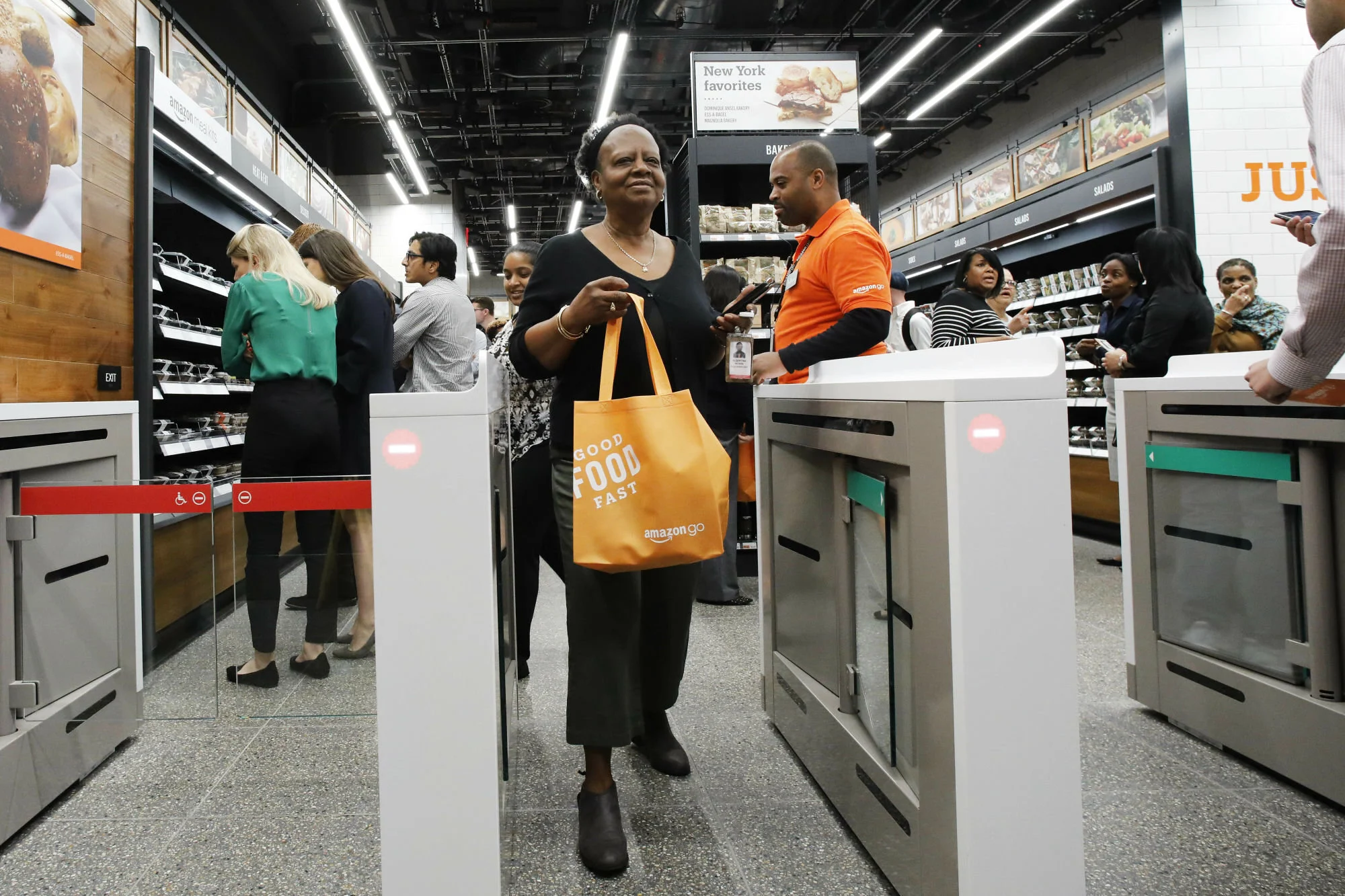You mean retailers need to go online? That's hardly news worth talking about.
No, by ‘digitise’ we are talking about how high street retailers need to find ever more innovative, creative and, most of all, relevant ways to introduce new digitally-driven innovations in-store, and create new shopping experiences. We're not just talking about flashing bits of point of sale here, but real, practical solutions that are using technology and the so-called internet of things to give busy, disloyal customers a reason, and, most of all, a need to shop with you.
OK, that sounds a lot more interesting. Tell us more.
Things are changing so fast in digital retailing that the wine sector is not going to find any answers by looking at what its competitors are doing. They're going to have to be a lot more ambitious than that. As this is a challenge facing every major retailer and high street brand, there's no shortage of clues, ideas, and innovations being implemented and tried out by some of retail's most famous names. You just have to have the appetite and imagination to know where to look. Dunnhumby, for example, the analysts that manage Tesco's Clubcard data, says the next big step in the evolution of how retailers and brands can best use data is to move from the need to retain customers through loyalty cards and promotions, to how you use that data to attract new customers. So it's going to be less about offering incentives, but more about providing a unique, and personalised shopping experience. Yes, building relationships are still going to be vital, but customers are only going to be loyal to those brands and retailers that offer them experiences that appeal to their personality. Those are all crucial differences.
How are retailers and brands going about ‘digitising’ themselves as you call it?
First of all you have to think about the limitations in your current retail offer. What would you ideally be able to offer your customers if you had a magic technical wand? Then go out and see what new technology might be able to help you. Bearing in mind that 66% of retail customers are currently frustrated by the in-store shopping experience they get, according to Ubamarket. The good news is the lessons being learnt by the major brands and retailers are pretty much the same. It comes down to what online is best at. Making our lives richer, easier, faster, more convenient and personal. If you can then match those needs to how an in-store experience can also help you see, feel, smell, taste, or actually try on and use products, then you're going to be on the right track.
OK, give us some examples.
Look at how brands and retailers are using augmented and virtual reality. It's not just wine labels that talk to you, it's about how these new ‘realities’ allow your customers to go on their own personal journey. It may be virtually trying goods on, or playing a game, being transported Star Trek style into another world, walking through a vineyard, say, whilst all the time standing in the store where they can then pick up the product they have been connecting digitally with. The same applies to voice search. Expect to see more retailers allowing you to use in-store devices that you can ask questions to and interact with to find out more about the products they are selling.
What about the actual retail experience itself?
This is where we can see the demand for greater personalisation amongst consumers really coming to the fore. We might all walk into a particular store through the same front door, with similar reasons for doing so, but we all have different reasons for being there. That's going to be the key to digitising retail. How do you make each customer journey personal to them? It could be by tracking your previous visits or buying habits and then sending you information to your phone that entices you to go to different areas of the store based on your needs and interests. Amazon Go works by using hundreds of in-store sensors that track your every move and make your next visit even more worthwhile. When that behaviour is then linked to in-store displays, tablets, point of sale, or messages sent to you by text or social media, then we can each be given our own personalised offers, or provided with the best advice on what to buy.
So does that mean we need to digitise our staff as well?
To a certain extent, yes. New technology will certainly empower them to be better and more effective in what they can do for customers. So rather than just direct a customer to what they are looking for in-store, they can use real-time technology to let them know more about it, which particular products have sold the most in that store, what else people bought with them. The same tricks the online giants like Amazon use, but tailored to also work in-store. We can all use technology to provide better information, and education at the point of sale. Whatever approach you take, the key is to do something, to test and learn and see what digital aids works for you and your brands. It's a challenge all retailers and their brands are having to face up to, so you won't be alone and there will be plenty of case studies to follow.

